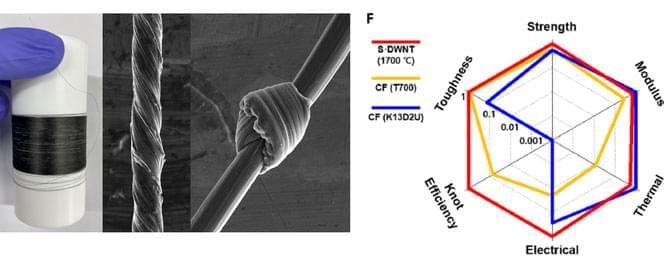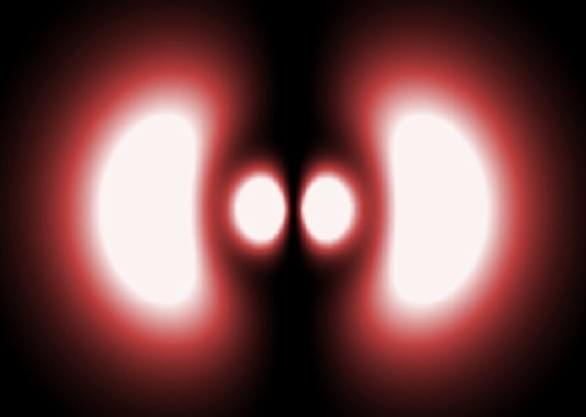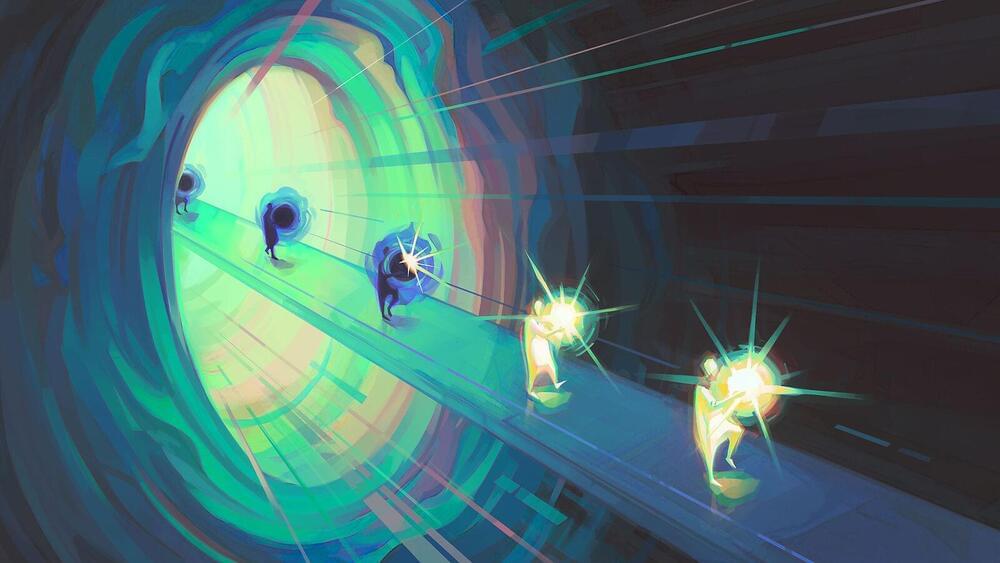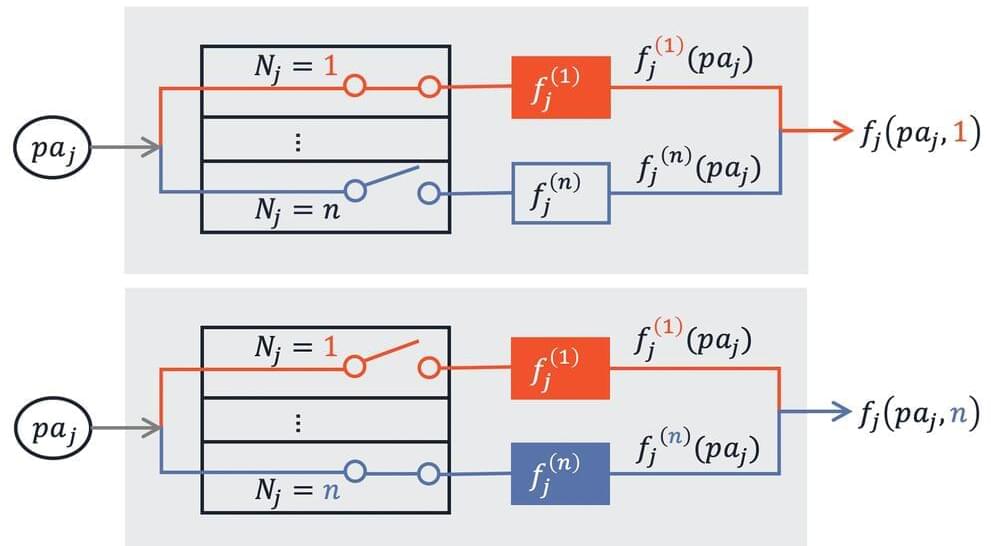Circa 2021
A new study says that we could terraform Mars by creating an artificial magnetic field around it to prevent harmful solar radiation.



Passengers travelling on a Spanish train were alarmed as their train momentarily stopped and wildfires could be seen on both sides of the track.
The footage was captured in the Spanish province of Zamora.
A spokesperson from rail operator Adif told the Associated Press that the passengers were never in danger.

A space elevator, a technology connecting the Earth’s surface to a space station, would allow for the cost-efficient transport of people and materials. However, a very light yet strong material is essential to making such a technology a reality.
The carbon nanotube is a material that is 100 times stronger, yet four times lighter, than steel, with copper-like high electrical conductivity and diamond-like thermal conductivity. However, previous carbon nanotube fibers were not ideal for extensive use, owing to the small contact area with adjacent carbon nanotubes and limited length they possessed.
Figure 1. Schematic of the structural changes of carbon nanotubes at different annealing temperatures. (Image: Korea Institute of Science and Technology)




If you had to describe Rich Uncle Pennybags—the Monopoly mascot—would you mention his top hat? His mustache? How about his monocle?
The face of the famous board game has, in reality, never worn a monocle. Yet, many people confidently list the accessory when recalling his features—an example of a phenomenon of false visual memories.
A forthcoming paper by University of Chicago scholars, currently available in preprint, found that people have consistent, confident, and widespread false memories of famous icons—also known as the Visual Mandela Effect. Co-authored by University of Chicago scholars, the paper is the first scientific study of the internet phenomenon.

The LHCb detector was originally designed to study a particle known as the beauty quark. But now researchers are also using the experiment to search for dark matter:
Researching subatomic particles is an involved process. It can take hundreds—if not thousands—of scientists and engineers to build an experiment, keep it up and running, and analyze the enormous amounts of data it collects. That means physicists are always on the lookout for ways to do more for free: to squeeze out as much physics as possible with the machinery that already exists. And that’s exactly what a handful of physicists have set out to do with the LHCb experiment at CERN.
The LHCb detector was originally designed to study a particle known as the beauty quark. “But as time has gone on, people have seen just how much more we can do with the detector,” says Daniel Johnson, an LHCb collaborator based at MIT.
Johnson, along with a team of around 10 researchers from MIT, the University of Cincinnati and CERN, are leading LHCb’s search for dark matter, a hypothesized type of matter that, so far, has evaded detection.
